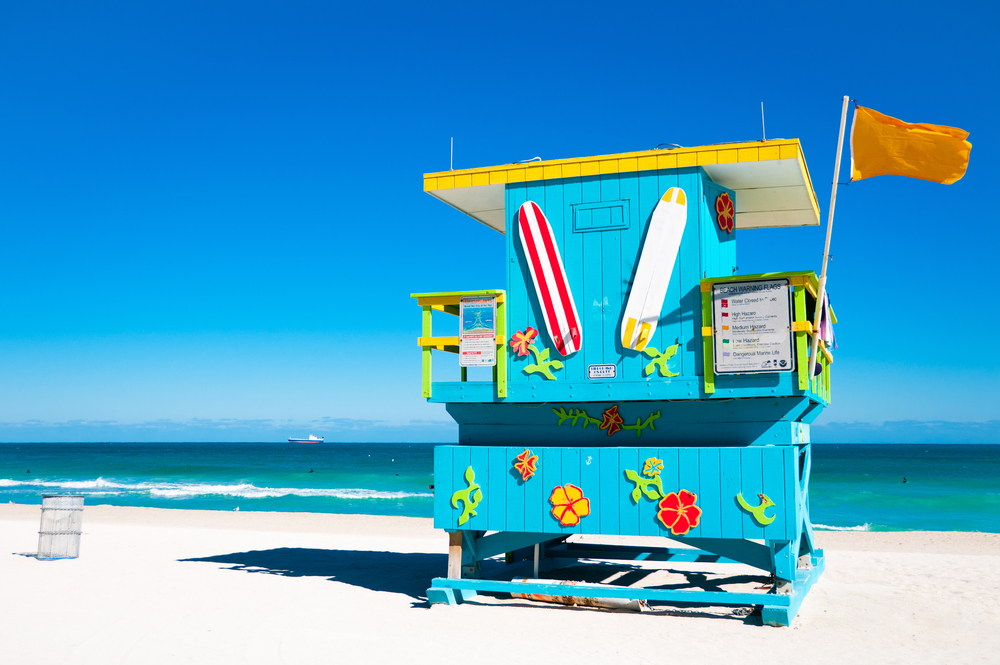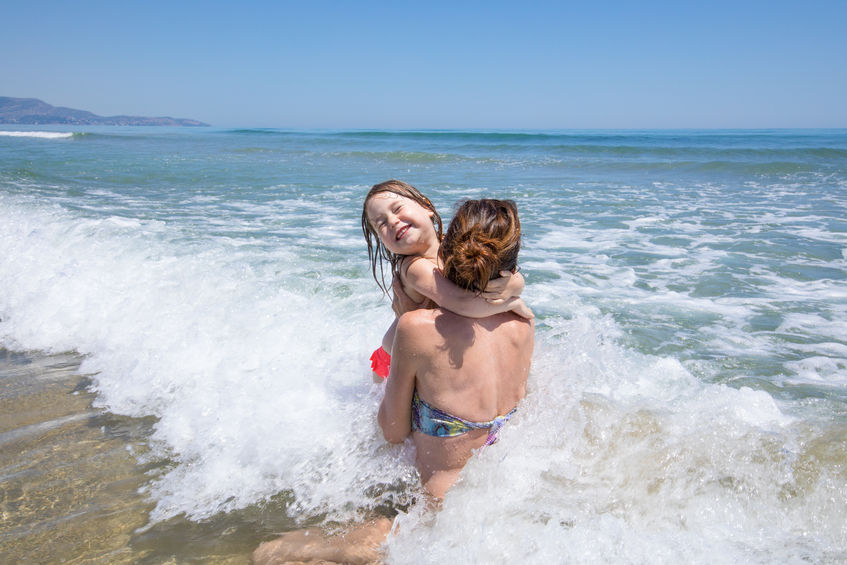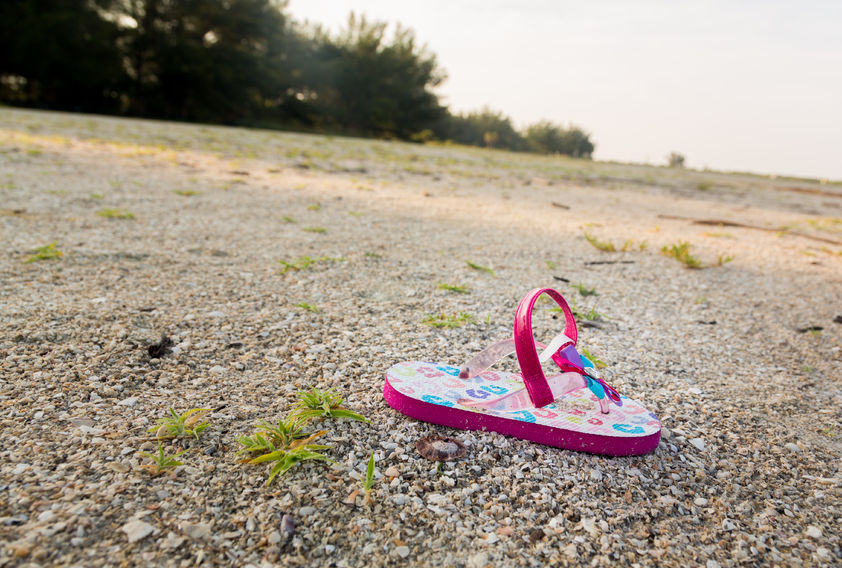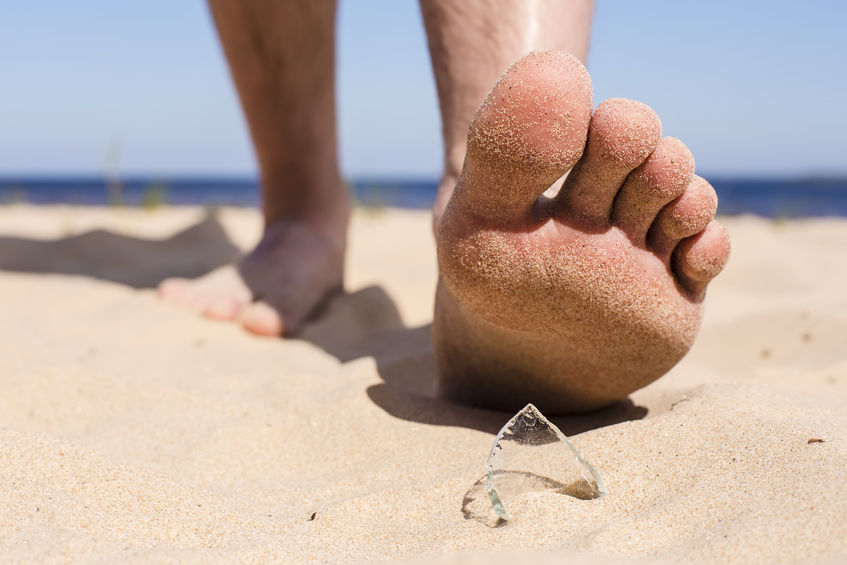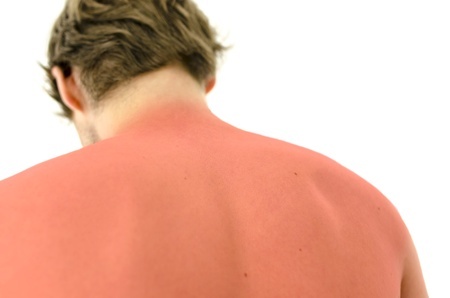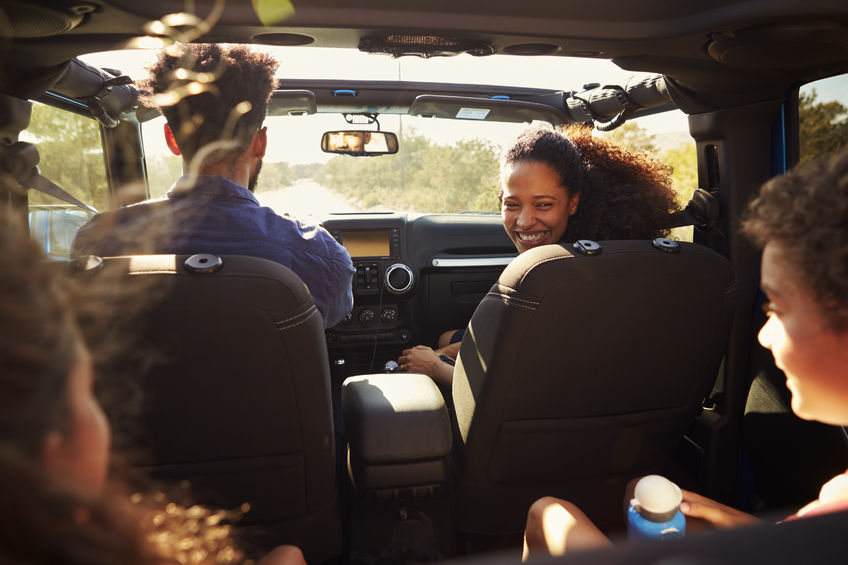Getting back into the school year can be stressful and overwhelming. Not only are you focused on making sure your kids have all of the right supplies for the upcoming year, but you want to keep them safe and protected as well. Part of being a parent is worrying about the little things, and back to school time is especially trying.
So, with that in mind, we wanted to go over the most common experiences that you and your little ones (or older ones) will encounter as you get ready for the new school year. From traffic safety to sending your teenager off to college, it’s imperative that you know what to expect. Even though your kids are the ones learning in the classroom, that doesn’t mean you can’t benefit from some real-world education.
Road Safety Precautions
When your children are first going to school, one of the most pressing issues you have to address is how to act around cars. Since you’re not going to be supervising them all day, it’s essential that you explain proper traffic safety techniques so that your little ones don’t get into an accident.
For the most part, schools zones are heavily monitored, but incidents can still occur. As such, you should go over the following key points with your children, regardless of their age or grade level.
Crossing the Street
When your kids are still young (six or younger), it’s imperative that you remind them that they should never cross the street by themselves. Ideally, they should always be accompanied by an adult, or there should at least be a crossing guard to help them across. To ensure proper safety, remind your little ones of these rules.
- Always look both ways. Do this multiple times just to be sure.
- Wait for the crossing guard to tell you when to go.
- If there is a crosswalk, always wait for the light to turn green.
- Never cross the street when there is a red light or signal.
- Never cross the street without an adult present.
- When crossing with an adult, always hold his or her hand.
- Never stop in the middle of the street for any reason.
Getting on and Exiting the Bus
If your child takes the school bus, it’s imperative that you remind them of traffic safety when getting on and coming off. Ideally, you or someone else will be present both times, but if that’s not the case, have your little one follow these rules.
- Always look around the bus for oncoming traffic.
- Follow the rules for crossing the street.
- Wait until the bus driver signals you to enter or exit the bus.
- Wait for the bus to come to a complete stop.
We’ll cover other school bus safety tips later on, but it’s essential that your children treat it with respect and caution. Busses can have a hard time stopping, making them far more dangerous than a car when they’re in motion.
In the end, cars and busses are going to be a significant part of your child’s school experience, so it’s best to get him or her comfortable with the idea of following traffic safety. While you should prepare your little ones by warning of any potential danger, you don’t want to scare them off of the idea of walking along or crossing the street altogether.
More Back to School Safety to Come
Our focus this month is all about school safety. Like and Follow us on Facebook and Follow us on Twitter to keep up when we release new tips!


